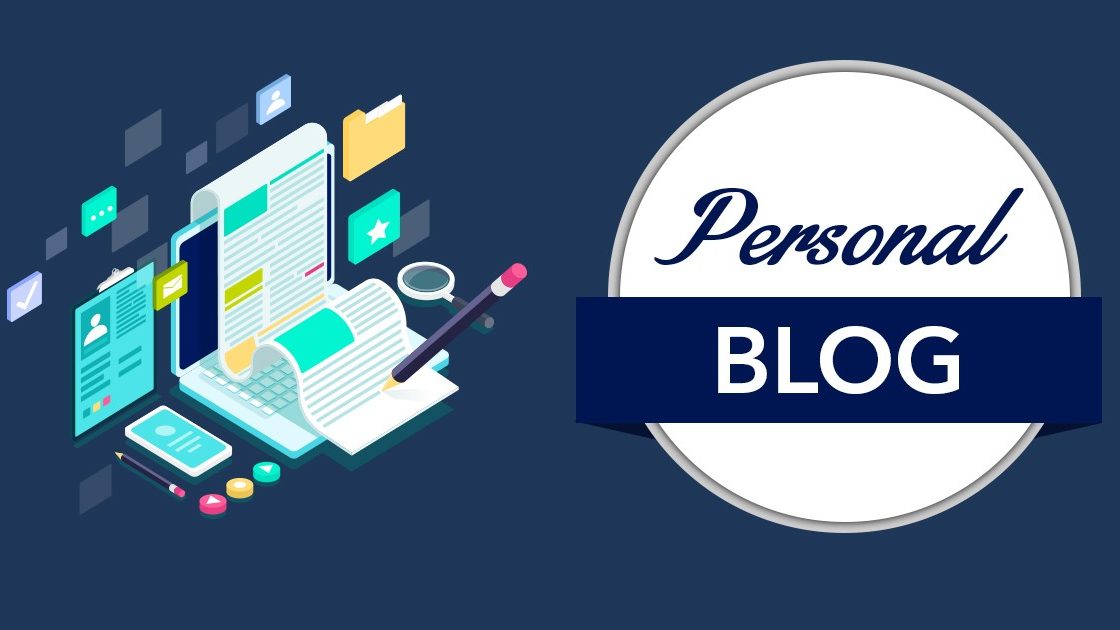As an ecommerce website owner, you’re probably thinking that there’s something that sets ecommerce websites apart from other online stores. After all, there are some things that stand out about these sites. For example, many of them feature multi-vendor features, a single-page checkout process, and secure payment methods. However, what really sets them apart is their attention to design, which is reflected in their use of vibrant colors and animations.
Multi-vendor ecommerce websites
A multi-vendor ecommerce website is a general online store with contributions from many sellers. Each supplier has their own vendor account and will be compensated a smart commission for selling their products. The marketplace operator will analyze all transactions. It is essentially equivalent to making your own eBay or Amazon marketplace. There are many popular models to choose from, including Alibaba, Snapdeal, and Amazon. Multi-vendor ecommerce websites are gaining popularity among online buyers.
To be successful, multi-vendor ecommerce websites require extensive planning and reliable development solutions. Identifying features is a key step. Then, create an organization’s goals and establish the features that are essential to the website’s success. Once these are set, the next step is aggregating resources to meet the goals of the multi-vendor website. Price2Spy offers comprehensive multi-vendor ecommerce solutions to manufacturers, distributors, and retailers. The service comes with a free 30-day trial and personalized free demo.
Single-page checkout
One-page checkout is a popular option for ecommerce websites that feature Magento platforms. It is designed to reduce the number of steps required to complete the purchase, and the customer is taken straight to the payment page. This streamlines the entire process, and can increase total sales by up to 21.8%. While the results of implementing one-page checkout for ecommerce websites will vary from industry to industry, the idea is to make the process as quick and painless as possible. It can also increase the number of forms completed by customers.
While one-page checkout may seem like a good idea, there are several disadvantages. First of all, it increases the loading time of the website, resulting in a higher bounce rate. Secondly, a one-page checkout can make it difficult to track sales funnel data. Google Analytics cannot identify the point where a customer abandons a sale if the checkout process is overloaded with unnecessary information.
Secure payment methods
There are several secure payment methods available on the internet. A secure payment method is one that encrypts customer credit card data. Similarly, a secure login form ensures that a customer cannot access their own credit card details. If a payment form is required, it should also have a CAPTCHA code verifier field to prevent SQL injection. These two methods are often used together, as one can make sure the other is secure.
PayPal is a global leader in secure online payment. ApplePay and GooglePay are other pass-through wallets. These wallets do not disclose the shopper’s card information, which makes them a great option for ecommerce websites. Instead, they encrypt the transaction information and share it with the merchant. These methods also offer buyer protection programs. If your ecommerce website does not offer one of these methods, you should consider using PayPal or a similar service.
Unique design elements
While personal preference may influence your web design choices, eCommerce stores may have unique needs. While a lot of data exists on the most effective web design elements, certain tips are applicable to ecommerce websites. This includes color psychology, contrast, fonts, layouts, images, and saturation. In other words, these choices are supported by real numbers. Here are a few ways to design an effective ecommerce site.
o Integrate social media profiles. For instance, if your business has an active Facebook page, make sure it links to it. Another effective feature of an ecommerce website is a live chat feature. Customers can chat with real humans, but they can also use chatbots to help them choose products. Lastly, brand messaging is essential. A strong brand identity is what makes a company stand out and is communicated through the website.
